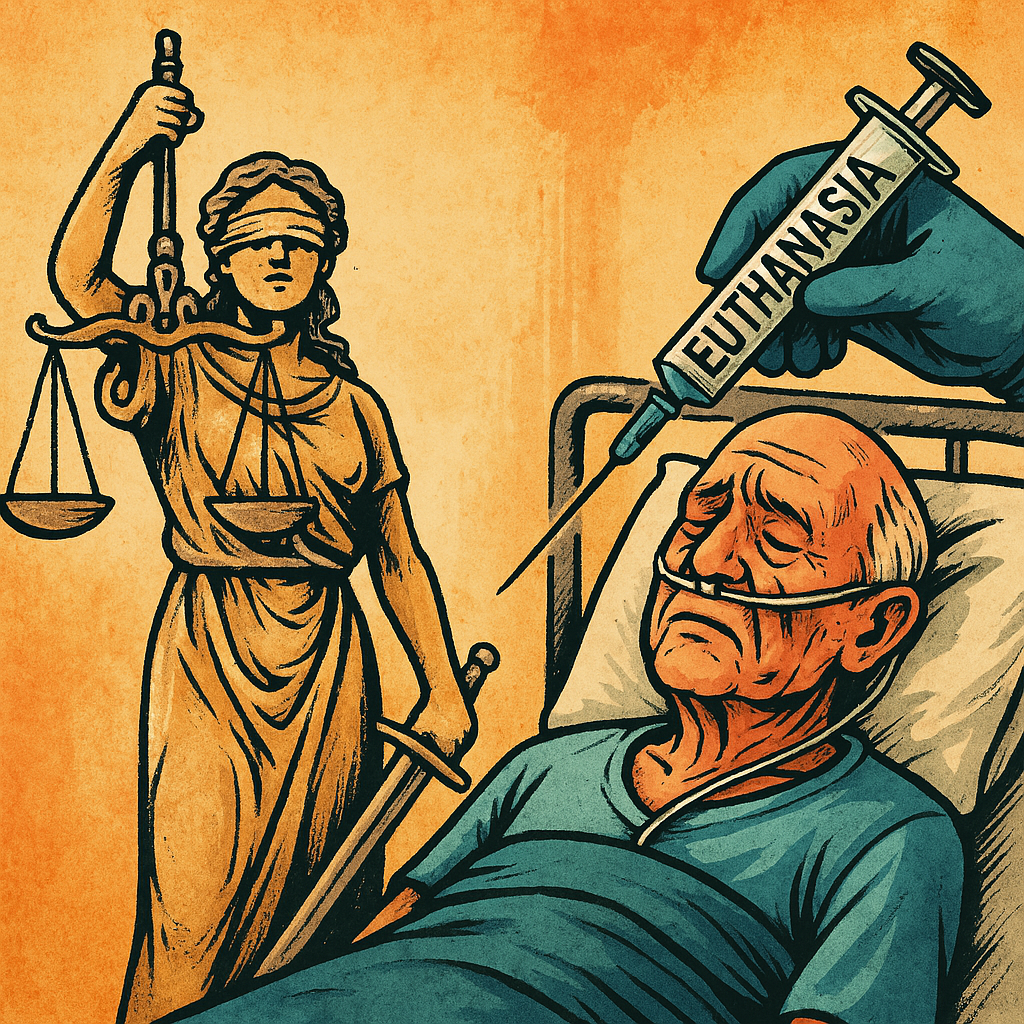Proving Fault and Damages under Personal Injury
⚖️ Proving Fault and Damages in Personal Injury Cases
1. Overview
In personal injury law, the plaintiff must prove two essential elements to succeed in a claim:
Fault (Liability): That the defendant’s actions or omissions caused the injury.
Damages: That the plaintiff suffered actual harm or loss as a result.
Both elements must be proven by a preponderance of the evidence (i.e., more likely than not).
2. Proving Fault (Liability)
Fault is typically established through the legal theory of negligence, requiring proof of:
A. Duty of Care
The defendant owed a legal duty to the plaintiff to act reasonably to avoid causing harm.
B. Breach of Duty
The defendant failed to meet that duty by acting or failing to act in a certain way.
C. Causation
The defendant’s breach was the actual cause (cause-in-fact) and proximate cause (legal cause) of the plaintiff’s injury.
Cause-in-fact: “But for” the defendant’s conduct, the injury would not have occurred.
Proximate cause: The injury was a foreseeable consequence of the defendant’s conduct.
D. Damages
The plaintiff suffered compensable harm.
3. Types of Evidence to Prove Fault
Eyewitness testimony
Expert testimony (e.g., accident reconstruction, medical experts)
Police and accident reports
Photographs and videos
Physical evidence (e.g., damaged vehicles, defective products)
Admissions or statements by defendant
4. Proving Damages
Once fault is established, the plaintiff must prove the extent and nature of their injuries. Damages may be:
A. Economic Damages
Quantifiable financial losses, such as:
Medical expenses (past and future)
Lost wages and loss of earning capacity
Property damage
B. Non-Economic Damages
Subjective losses, such as:
Pain and suffering
Emotional distress
Loss of consortium
Loss of enjoyment of life
C. Punitive Damages
Awarded in rare cases where defendant’s conduct was willful, malicious, or grossly negligent (covered earlier).
5. Burden of Proof
Plaintiff bears the burden of proof to show fault and damages.
The standard is preponderance of the evidence — more than 50% likelihood.
6. Key Case Law Examples
🔹 Palsgraf v. Long Island Railroad Co., 248 N.Y. 339 (1928)
Issue: Foreseeability and proximate cause.
Holding: Defendant liable only for harms that were reasonably foreseeable.
Significance: Established modern proximate cause doctrine limiting liability to foreseeable injuries.
🔹 Anderson v. Minneapolis, St. P. & S. S. M. R. Co., 174 Minn. 248 (1920)
Issue: Causation in negligence.
Holding: “But for” causation standard established.
Significance: Demonstrates the cause-in-fact element required for fault.
🔹 Dillon v. Legg, 68 Cal. 2d 728 (1968)
Issue: Emotional distress damages in negligence.
Holding: Allowed recovery for emotional distress when plaintiff is closely related and present at injury scene.
Significance: Expanded damages beyond physical injury.
🔹 McDougald v. Garber, 73 Wash. 2d 798 (1968)
Issue: Proof of damages.
Holding: Plaintiffs must provide evidence of damages, but exact amount need not be proved with certainty.
Significance: Allows some discretion in awarding damages even when precise amounts are difficult to quantify.
7. Common Challenges in Proving Fault and Damages
Comparative or contributory negligence may reduce or bar recovery if plaintiff is partially at fault.
Establishing causation can be difficult if multiple factors contributed.
Proving future damages like ongoing medical costs or lost earning capacity often requires expert testimony.
Quantifying non-economic damages is subjective and may vary widely.
8. Practical Tips for Proving Fault and Damages
Thoroughly document all evidence of negligence and injuries.
Use qualified experts to explain medical causation and economic loss.
Preserve all medical records, bills, and employment records.
Obtain witness statements promptly.
Prepare for potential defenses such as comparative negligence.
Summary Table
| Element | Explanation | Example Case |
|---|---|---|
| Duty of Care | Legal obligation to act reasonably | Palsgraf v. Long Island RR |
| Breach of Duty | Failure to meet the duty | Anderson v. Minneapolis RR |
| Causation | Defendant’s breach caused the injury | Anderson v. Minneapolis RR |
| Damages | Plaintiff suffered compensable harm | Dillon v. Legg |
| Burden of Proof | Preponderance of the evidence | McDougald v. Garber |











0 comments